YouTube has refined its monetisation rules under the YouTube Partner Program (YPP) by making the language simpler and easier to understand. The company made it clear that these are not new rules but simply updated descriptions to help creators know what types of content qualify for earning revenue.
The most noticeable change is the renaming of the “repetitious content” policy to “inauthentic content.” YouTube explained that this new term better reflects the kinds of videos that were already not allowed for monetisation, such as overly repetitive or mass-produced videos that don’t offer unique value.
YouTube Monetisation Rules
By using the word “inauthentic,” YouTube hopes to give creators a better understanding of content that lacks originality or appears spammy. The platform has often flagged channels that upload nearly identical videos, repeated slideshows, or generic narration with minor tweaks as inauthentic.
YouTube said the main goal of this update is to reduce confusion, especially as more creators are using AI to make content. The rise in AI-generated videos has led the company to reinforce that originality and value remain key for monetisation.
AI Content Still Allowed
YouTube has confirmed that using AI tools to create videos does not automatically disqualify a creator from monetisation. What matters is whether the content is original, meaningful, and follows rules around disclosing synthetic or edited content.
The platform stressed that these updated descriptions apply equally to both AI-generated and manually created content. YouTube aims to ensure fairness while also maintaining high standards for viewers.
Clarifying Reused Content
YouTube also repeated that reused content is still eligible to earn money, as long as creators add value. For example, clips, compilations, or reaction videos can be monetised if they include thoughtful commentary, educational insights, or creative edits.
The platform provided examples of what it considers mass-produced or inauthentic. These include channels that reuse the same voiceover script across several videos or upload similar slideshows with little difference. Such practices may lead to demonetisation unless the videos include unique, useful content.
Supporting Creators Better
With more creators entering the platform and AI becoming more common, YouTube says it wants to be clearer and more supportive. This language update is part of an ongoing effort to build transparency and ensure creators can grow with confidence.
YouTube urges creators to keep originality at the center of their work and to visit its Help Center to better understand what content meets monetisation standards.
What is YouTube Monetisation
YouTube monetisation is the process by which video creators earn money from ads and other paid features on their content. To qualify, channels must follow YouTube’s rules and apply to the YouTube Partner Program. These latest clarifications help creators better understand what types of videos are approved for earning money, especially as AI becomes part of the creative process.


